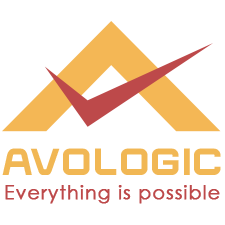PLC (Programmable Logic Controller) and SCADA (Supervisory Control and Data Acquisition) are used in the automation of various electrical systems and processes. Here’s a brief outline of a typical PLC SCADA Automation course:
- Introduction to Automation: The first section of the course covers the basics of automation, including the benefits and importance of automation in various industries.
- Introduction to PLCs: In this section, learners will learn about PLCs, including the different types of PLCs, their components, and programming languages such as Ladder Logic.
- PLC Programming: This section covers the basics of PLC programming, including how to write and debug programs using ladder logic.
- Introduction to SCADA: In this section, learners will learn about SCADA systems, including their architecture, components, and functions.
- SCADA Programming: This section covers how to program SCADA systems, including how to create screens, define alarms and events, and set up communication protocols.
- Integration of PLC and SCADA: This section covers how to integrate PLC and SCADA systems to automate various electrical systems and processes.
- Hands-on Practice: A PLC SCADA Automation course typically includes hands-on exercises and projects to reinforce the concepts learned throughout the course.
By the end of the course, learners should have a good understanding of PLC SCADA Automation and be able to design and implement automation systems for various electrical systems and processes.
Page Copyright
© Copyright @Avologic 2016 - 2023 All Rights Reserved.
